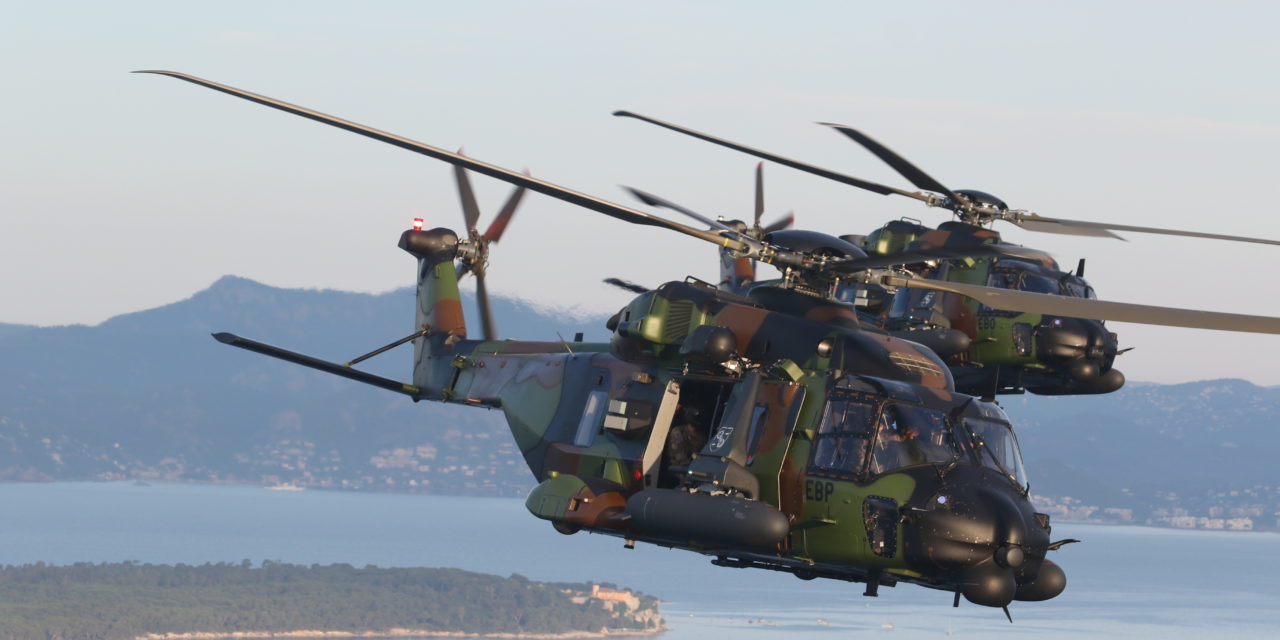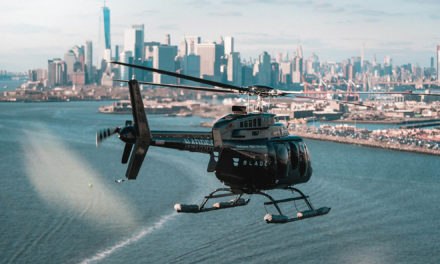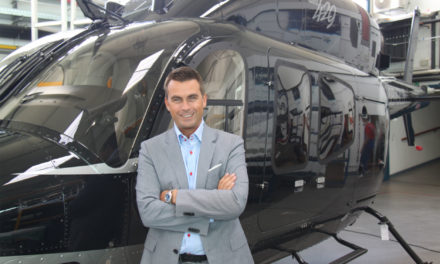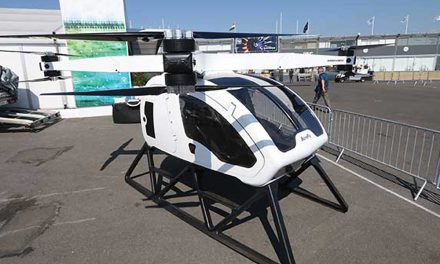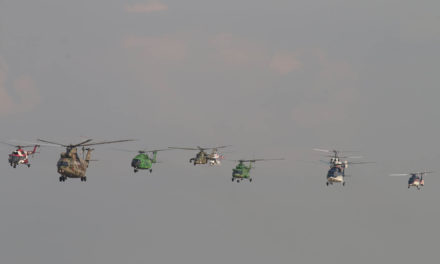By Frédéric Lert
On June 10, the French Army Light Aviation (ALAT) engaged three NH90 Caiman and four Tiger aircraft in a long-distance raid. Helicopter Industry discusses the stakes of this exceptional operation with General Bertrand Vallette d’Osia, ALAT commander.
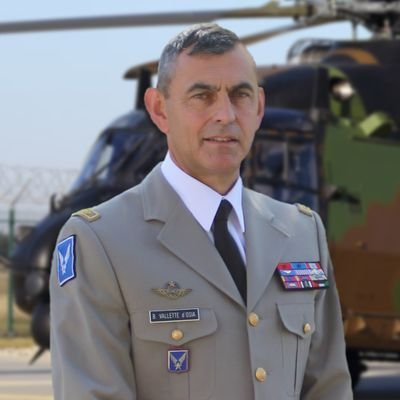
Three Caiman aircraft from the 1st Combat Helicopter Regiment (RHC), equipped with additional tanks and taking off at a maximum weight of 11 tons, including 3,300 kg of fuel, carried out a mission lasting more than 9 hours. They were joined en route by two HAD Tiger patrols from conventional and special forces to simulate a raid to recover some 20 nationals and soldiers in a hostile zone. The configuration of the Caiman, with two 635-liter external tanks, was unprecedented for an RHC. The GAMSTAT in Valence had carried out a first technical experiment for the ALAT in 2017, and the expertise of the group in charge of experiments was very useful to the crews in Phalsbourg to prepare their mission. The aircraft left Phalsbourg at 2:10 a.m. and returned to land at 1:00 p.m. after a 9:20 a.m. flight, four of which were at night, with only one stop to refuel. The three aircraft had an average fuel consumption of 550 kg/h over the whole trip, for an average speed of 120 knots and 2200 kilometers flown.
What was the objective of this raid for the ALAT?
The use of external tanks and the additional length they give our aircraft is an additional brick in the preparation for high-intensity combat, which is now at the heart of our thinking in terms of tactics, force employment and operational preparation. Although this mission may have seemed simple at first glance, it was nonetheless complex in terms of its duration, but also in terms of its tactical theme, intervention in the depth of an enemy’s position. We now want to draw from this mission a RETEX that will be used by the ALAT to deepen its capabilities in this field.
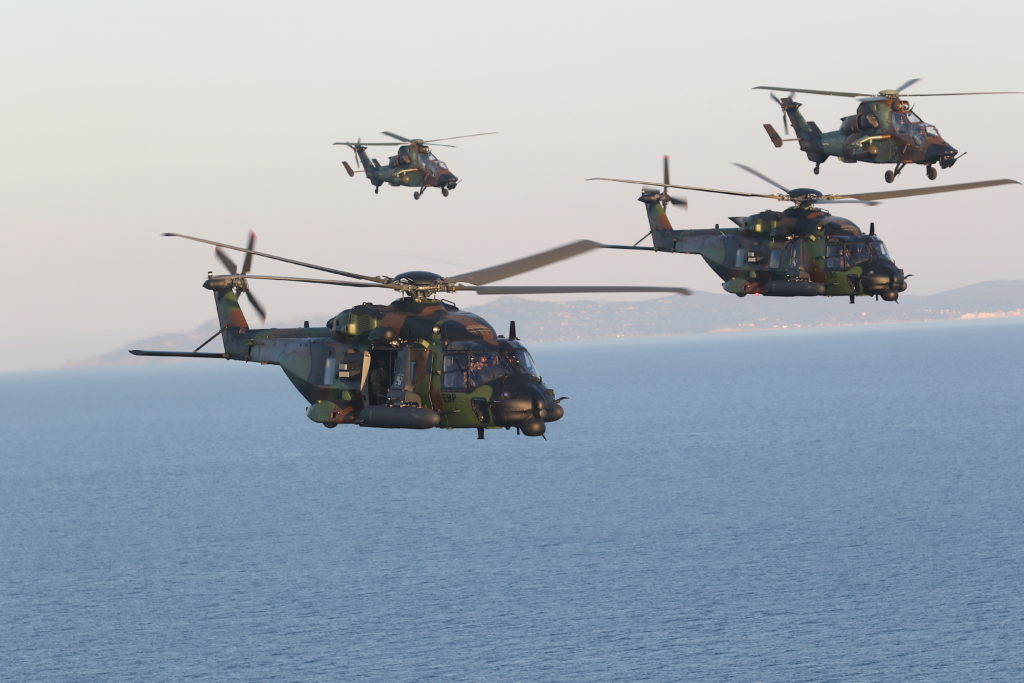
In your opinion, what were the main expectations of this raid?
I see three: firstly, the success of an infiltration in all discretion up to the intermediate supply point on the Canjuers camp, once the breastplate has been recovered. Secondly, the management of fatigue, which was made possible by alternating the responsibility for the patrol between the pilot and the leader. And thirdly, the coordination between Caiman and Tiger, and between conventional and special forces, with meetings in the sky after several hours of flight.
Will this exercise be continued or even developed in the future?
In order not to do only “technical” work and be satisfied with flying in a loop for 9 hours, we chose to apply a tactical theme to this operation. The Caiman’s qualities enabled us to work in difficult conditions, with four hours of night flying in particular. We are now thinking about adding more bricks, with increasing difficulties for future editions of this exercise, but always backed by the fantastic capabilities of the NH90. In particular, we will need to be able to work jointly with additional participants in the third dimension.
The mid-course refueling was done at the Canjuers camp. Why didn’t you work with a Navy Amphibious Helicopter Carrier (AHC) to add an air-sea dimension to the operation?
For this first operation, we did not want to add this additional technical difficulty. But we have already planned a special training session with the sailors and the PHAs as part of the Cormoran exercise to be held in October.
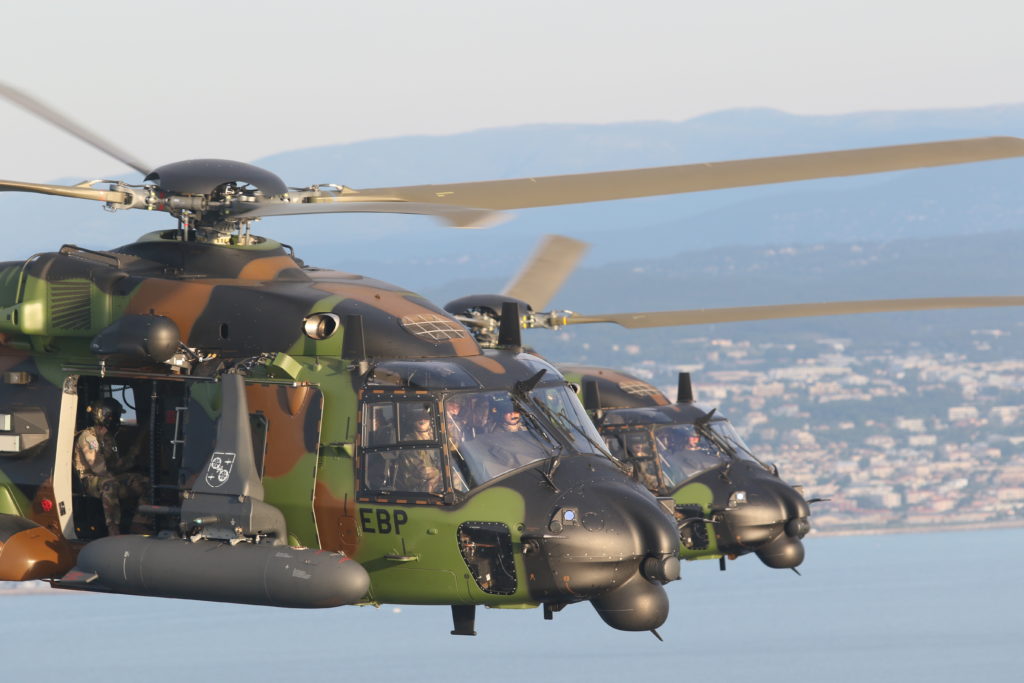
The crews briefed the mission with a particular focus on MRO, Operational Risk Management. Can you tell us what this ORM means to you?
Aviation safety is a real issue for our armed forces, and not only for ALAT. We have created our method of reflection, the MRO, inspired by what our naval and air force comrades have done, who have also made progress on this subject. MRO is not about making sure there is no risk in our operations, it is about helping us succeed in the mission by lowering the level of risk involved as much as possible. In other words, “I accept the risk but take steps to mitigate it,” knowing that aviation risk does not stand alone: it takes place in a mission environment, whether in operational preparation or in an actual mission.
Is flight preparation the only one concerned by MRO?
No! MRO is also very present in the HR field, when we ask ourselves questions about improving training or the “ageing” of crews. In the area of equipment, too, with the replacement of our old Spartan approach radars with modern equipment, which is one of our priorities. Or the installation of anti-collision systems on our aircraft.
Was the accident on 25 November 2019, which saw a Tiger and a Cougar collide during a night mission in the Sahel, a trigger for this equipment effort?
After the accident on 25 November 2019, we put in place an action plan that led us to rethink everything. We didn’t just look at the accident on D-day, otherwise we would have run the risk of having an accident elsewhere and of a different nature on D+1. We therefore brought in outside figures who observed our methods and helped us find substantive solutions. This year, we held the Army’s first aviation safety conference, in the presence of other armed forces and organizations such as the DGAC, the DGA and the BEAé.
What is the status of your thinking on the use of fixed-wing aircraft and the replacement of the current TBM700 and Pilatus PC6 aircraft?
Our job is to prepare for high-intensity combat, using the Tiger and Caiman as our tools, which will be joined tomorrow by the Cheetah. So we will replace our aircraft when necessary, but not tomorrow. And of course we don’t yet know which aircraft to use. Our target for the moment is to have 115 refurbished Caiman and Cougar HMAs (Helicopter Maneuver and Assault Aircraft) and 147 HRAs (Helicopter Reconnaissance and Attack Aircraft), which will eventually be standard Tiger 3s and Guépards.
What is the deadline?
The one given to us by the military programming law. The Guépard will arrive from 2026, with a target of 80 aircraft for the ALAT. A decision is pending on the Tiger Standard 3, which will make it one of the best aircraft of its generation. And the Caiman will be even more formidable in its Special Forces (SF) standard, which will bring fantastic added value to the medium helicopter segment.
For the moment, the FS standard only concerns ten aircraft for the ALAT. Do you think you will one day bring the rest of the fleet up to this standard?
We haven’t reached that point yet, for the moment we are receiving the aircraft we ordered. But for the future, yes, we would like to move towards this standard, even if it’s still a bit early to talk about it.
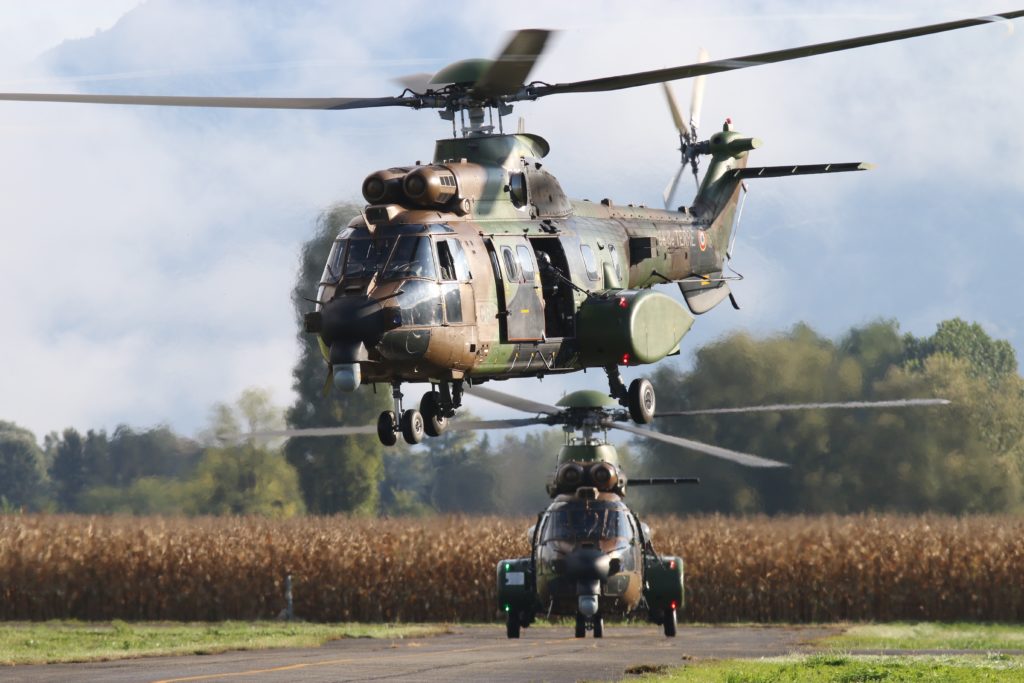
What is happening to the ALAT’s ambitions for heavy-lift helicopters (HTL)?
No European country manufactures HTLs, so that’s already an avenue… And let’s not kid ourselves: behind an aircraft you need crews, a training system, an infrastructure, simulation, maintenance… In other words, to have a certain efficiency you need a critical mass. For the moment, I need to get to my expected size with the Caiman, so HTL is not a priority. And then, again, my driver is high intensity conflict. If an HTL makes sense in the Sahel, to do logistics in the rear, a heavy helicopter has no business being in the front zone or in the depths of a high-intensity conflict.
You just mentioned crew training. How far have you got with substitute flights, which enable you to fly your crews at lower cost, on more economical aircraft?
This is a solution that is gaining ground in terms of flight hours and operational preparation. HRA and HMA crews fly on EC120 and Fennec respectively. Pilots need to be on more than just simulators. An aircraft like the EC120 offers very good avionics that allow a certain number of actions to be performed. We can’t take the Tiger’s hours up to the sky, we have to remain reasonable, but at the same time we have to give our pilots flying hours. A good balance between simulation, substitution and flights on weapons aircraft allows us to bring our crews to a very good level.

